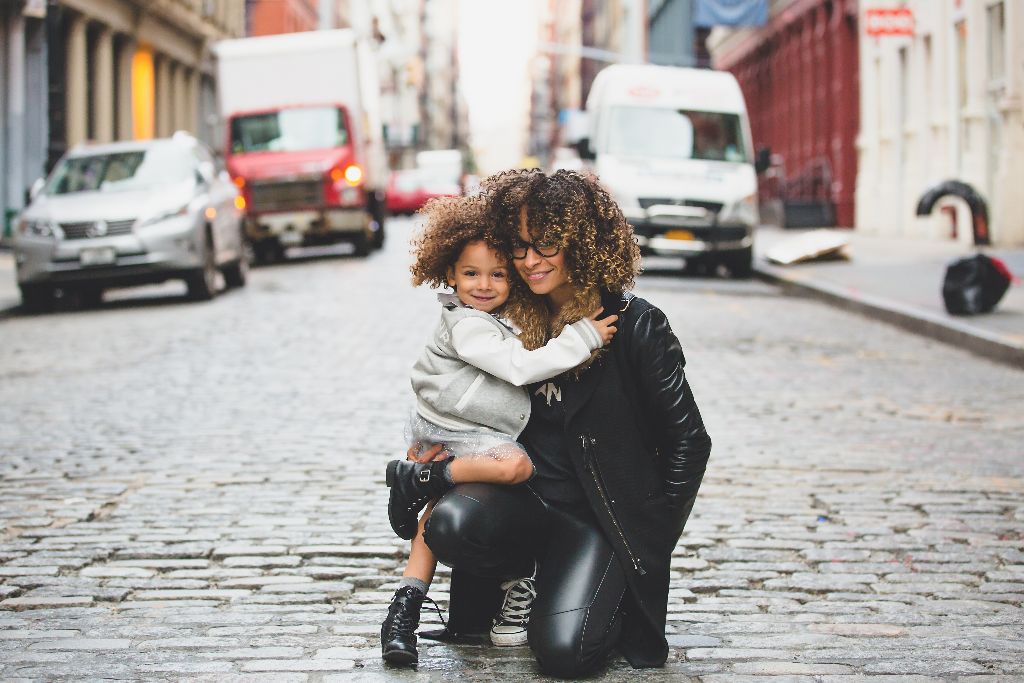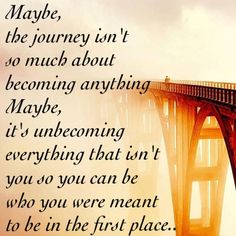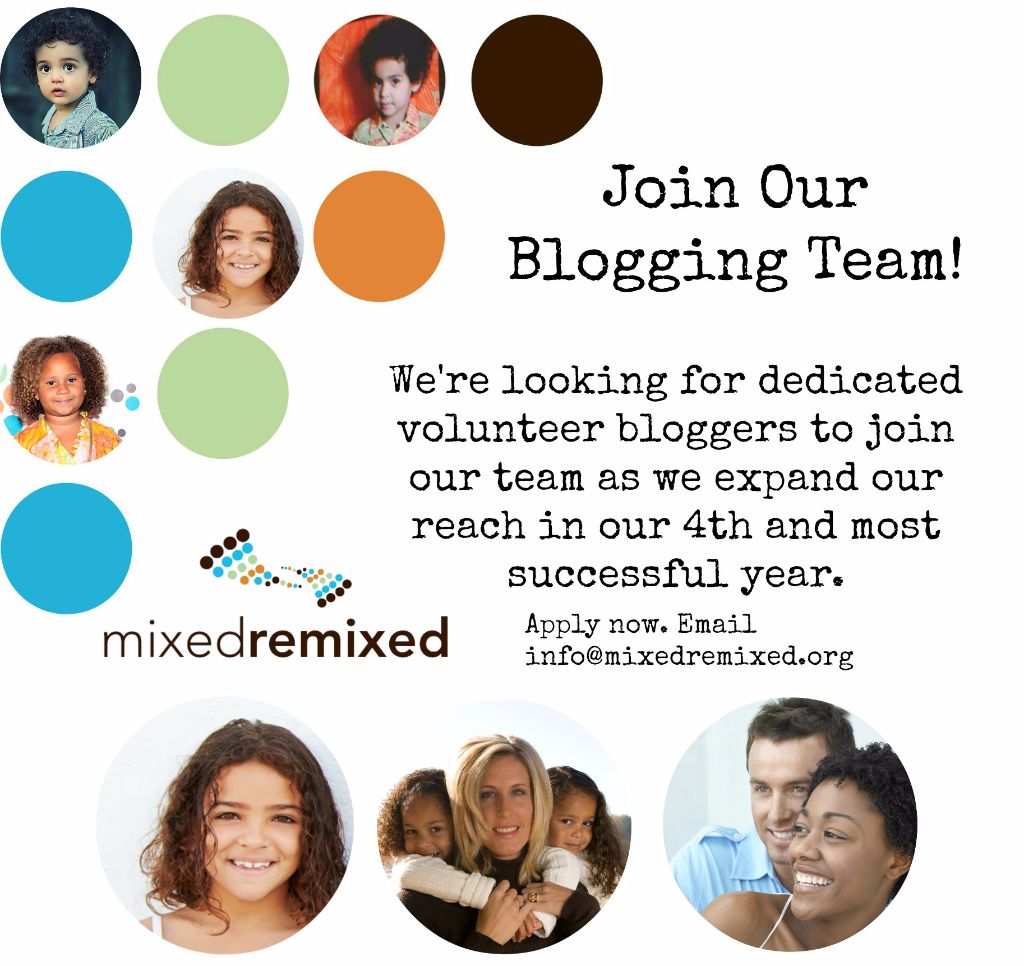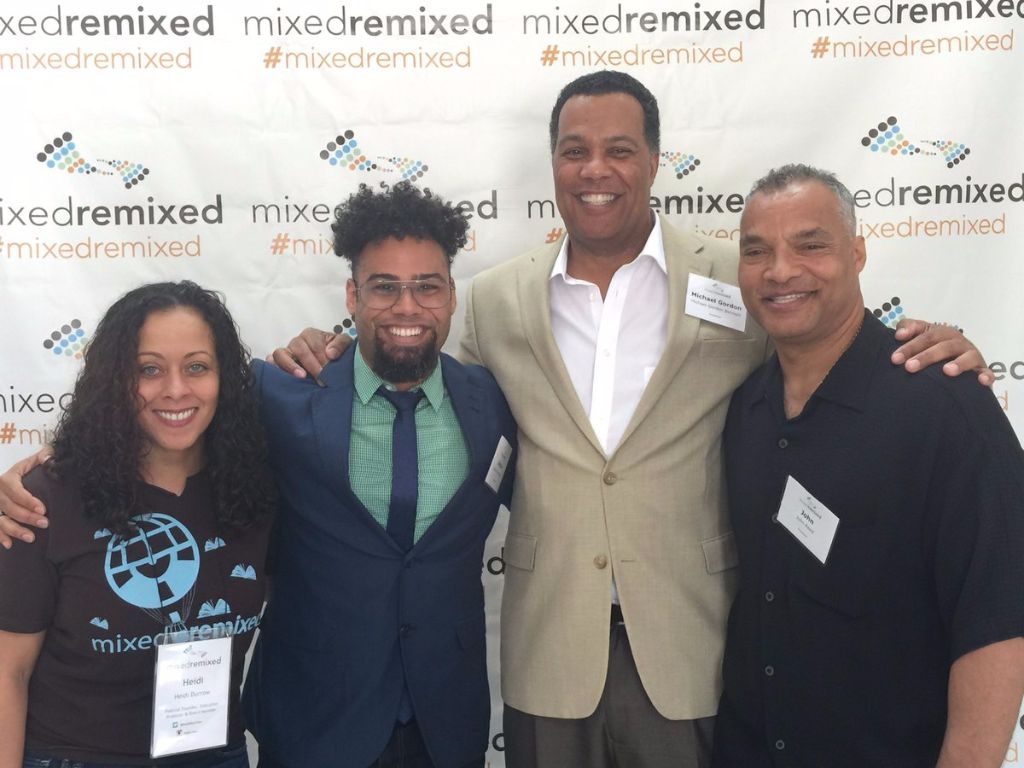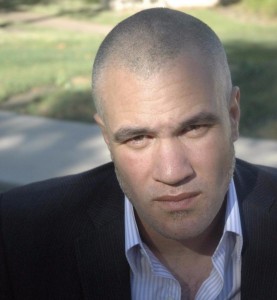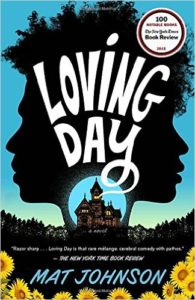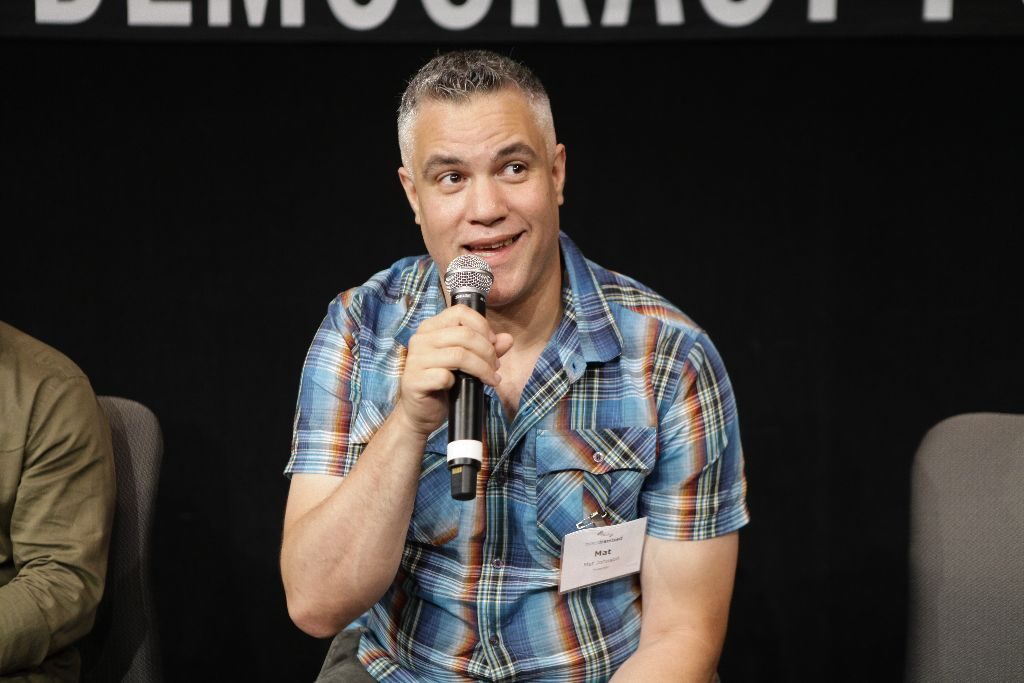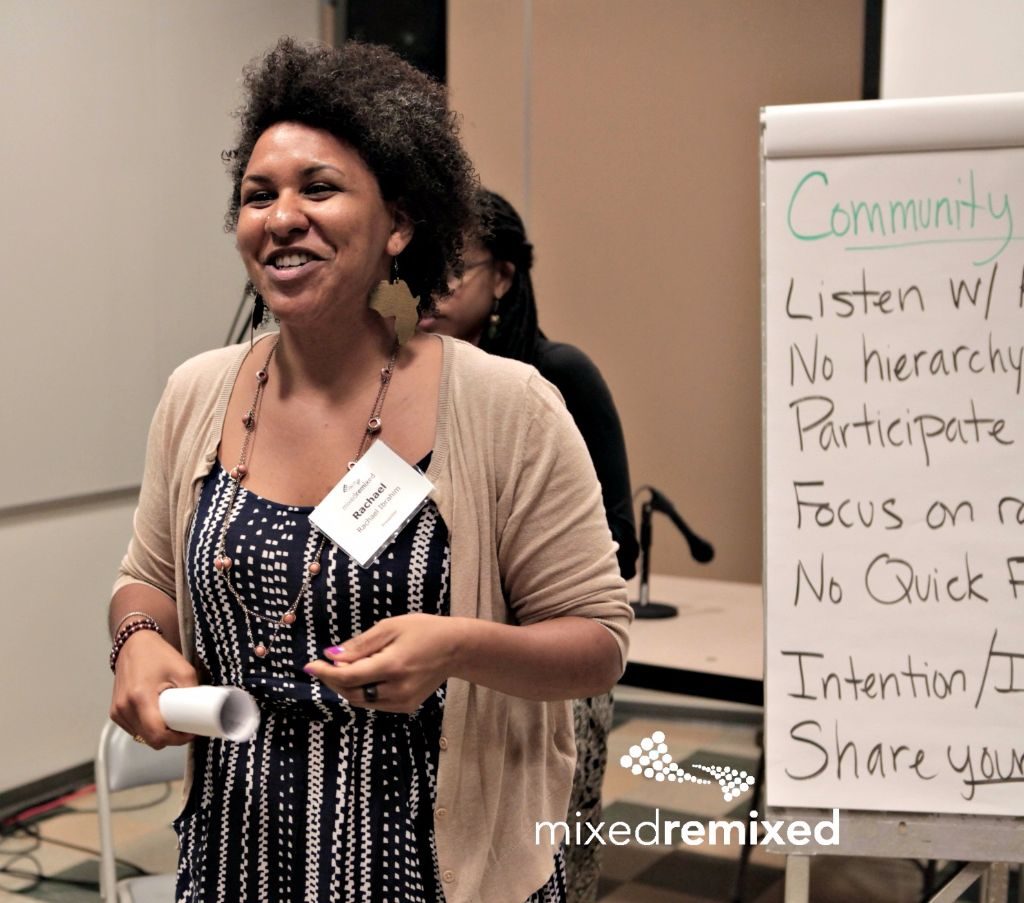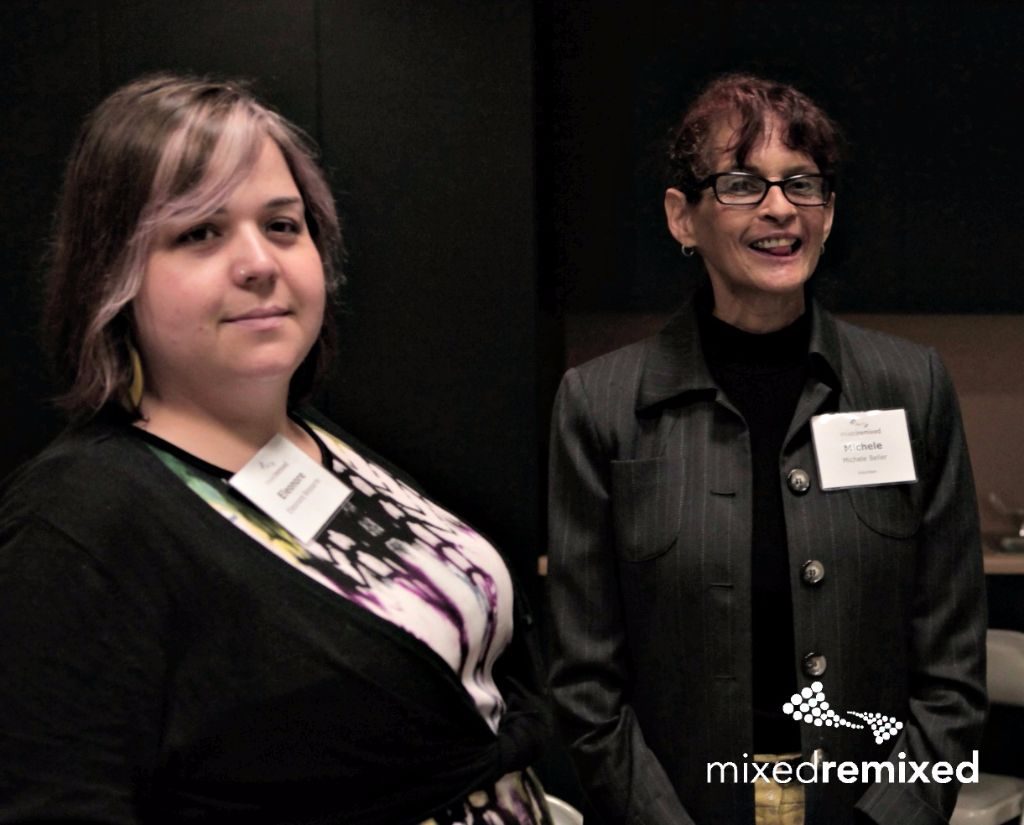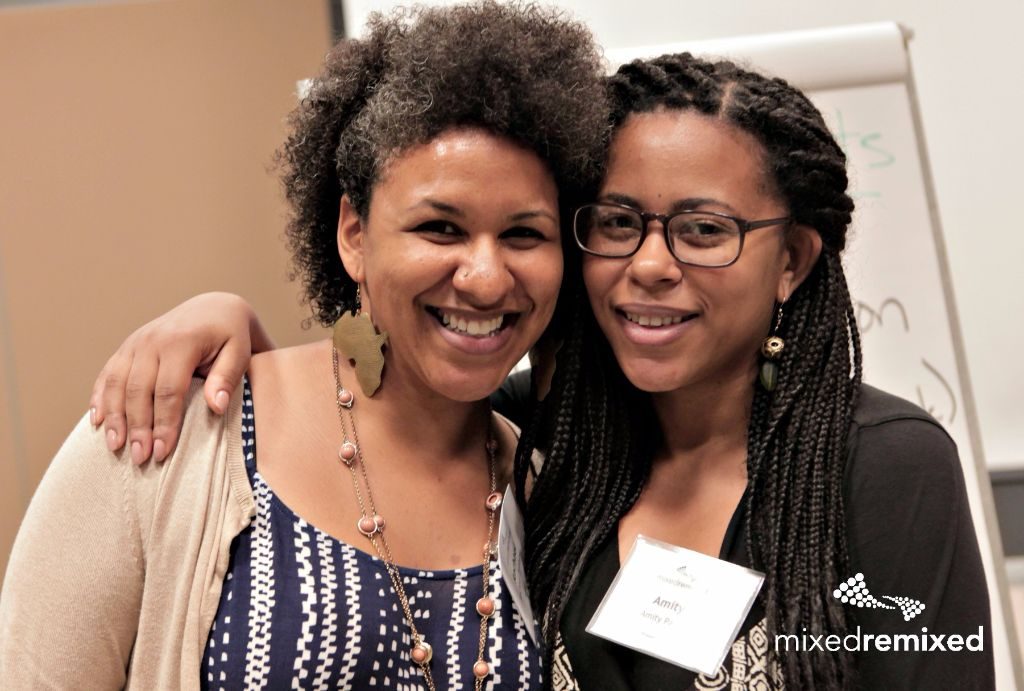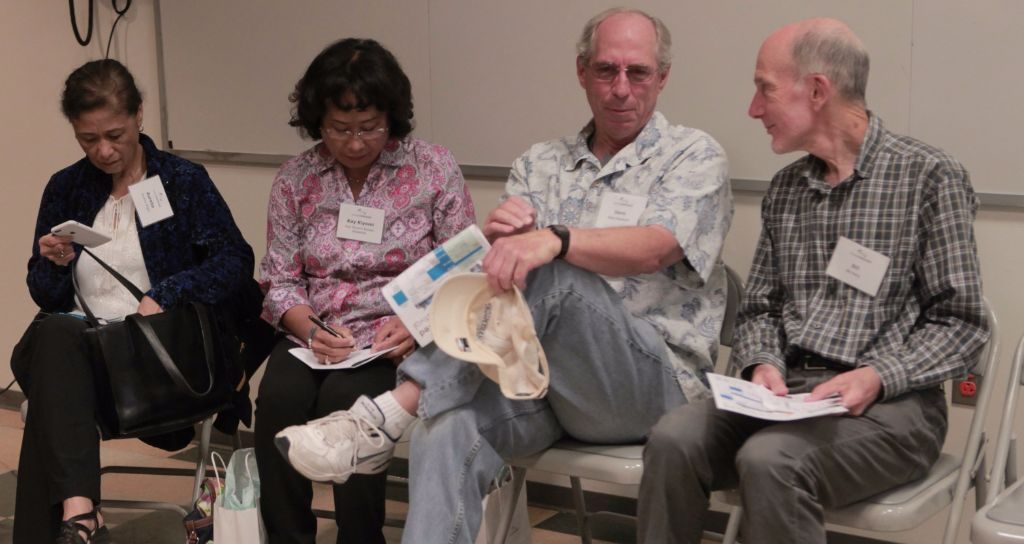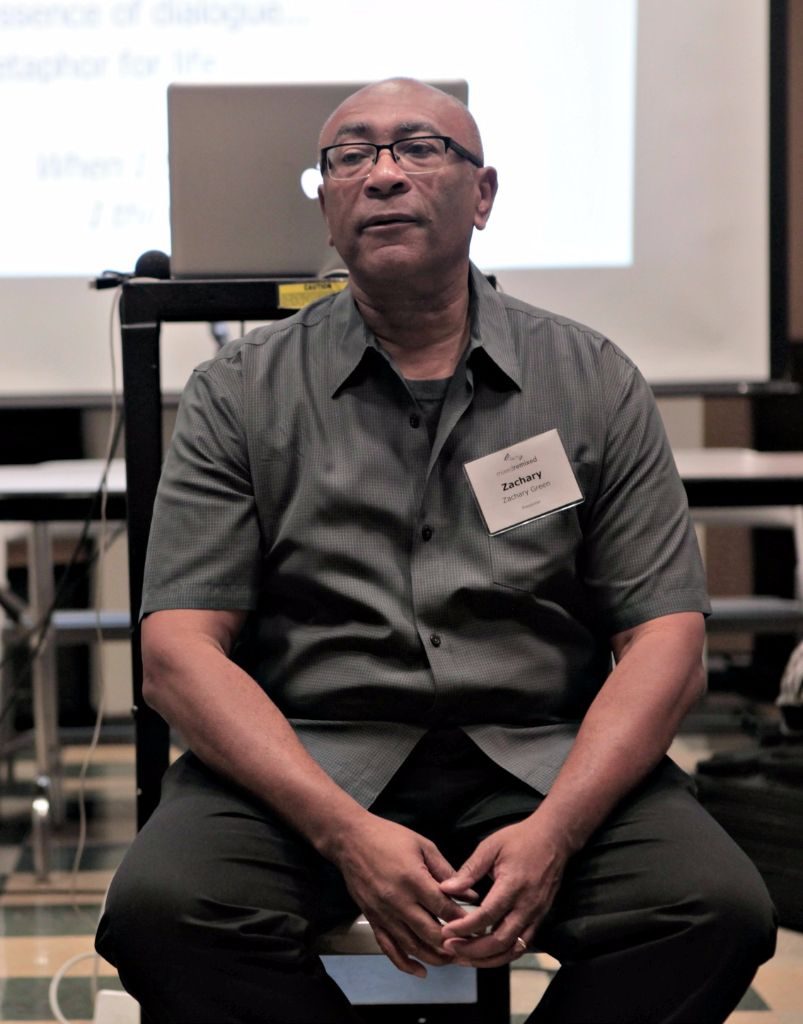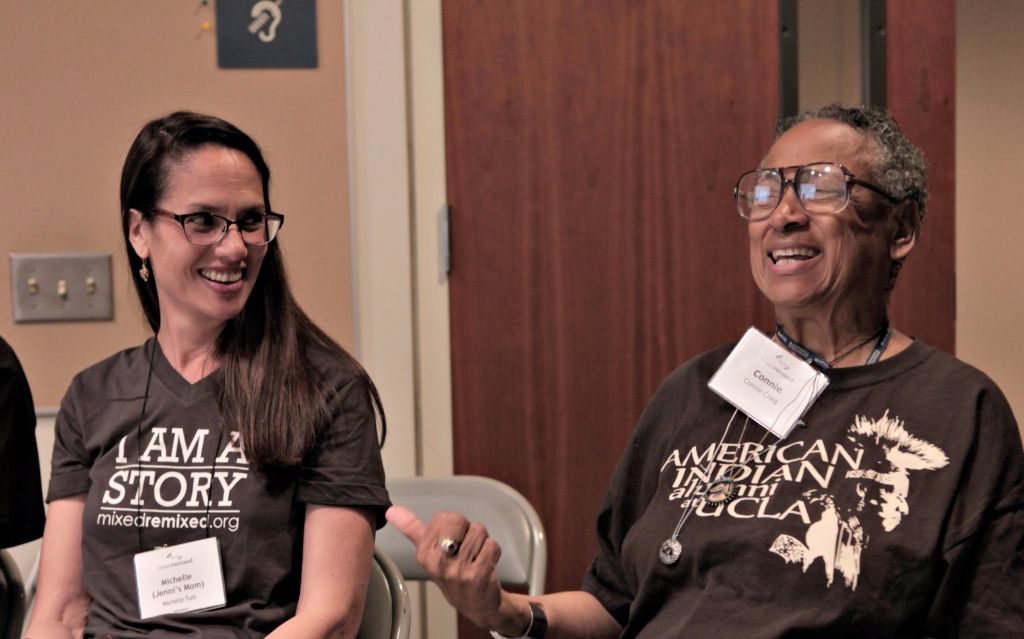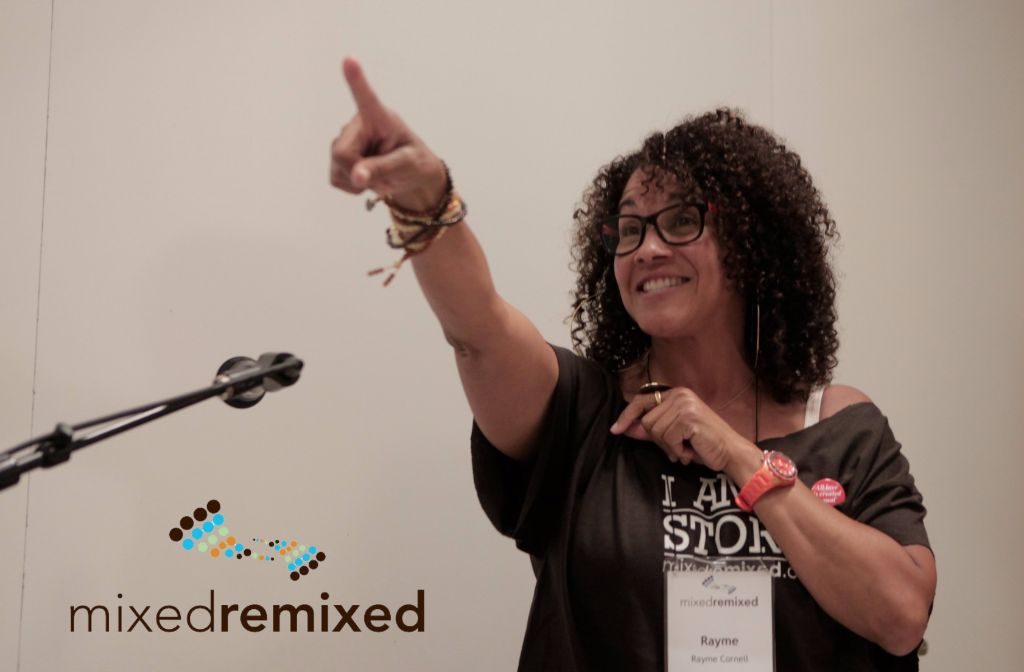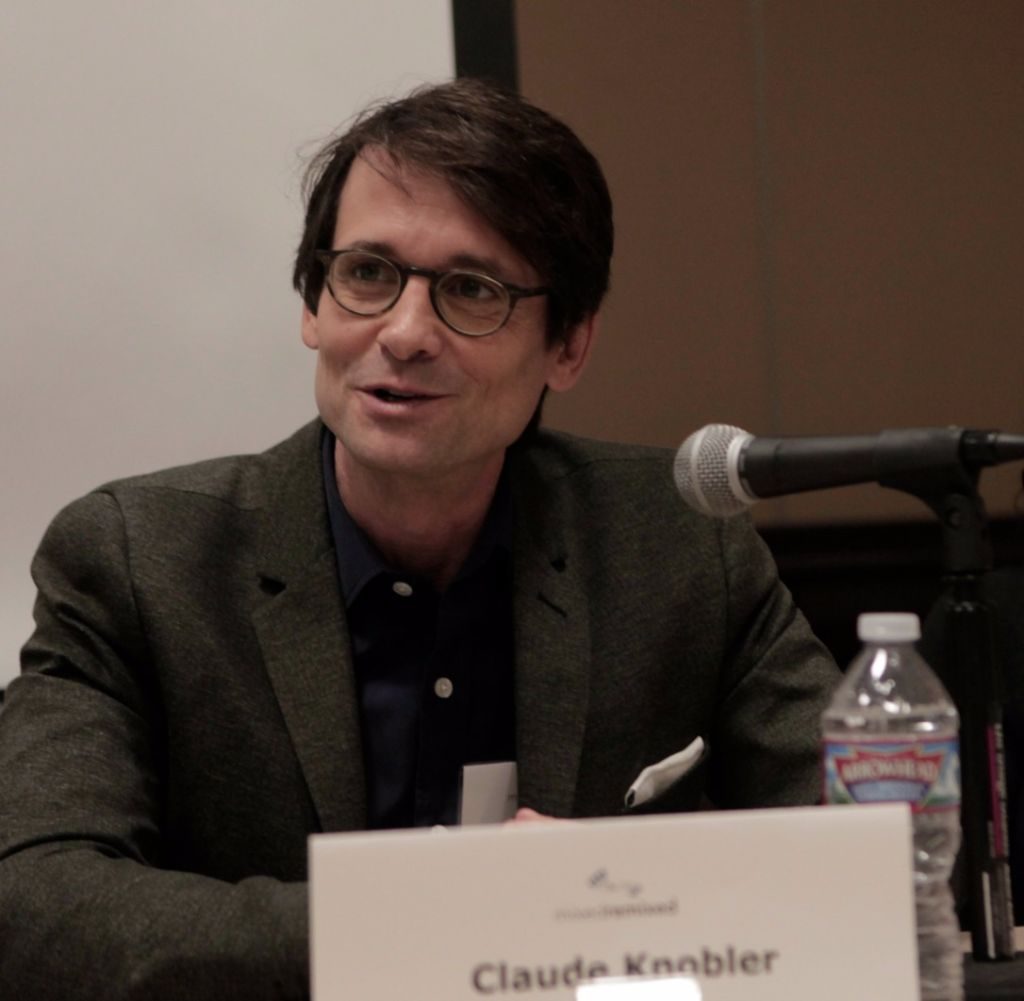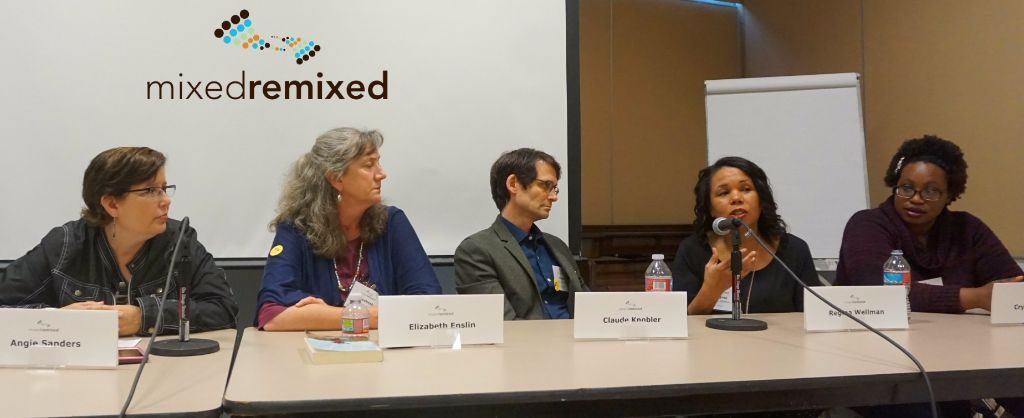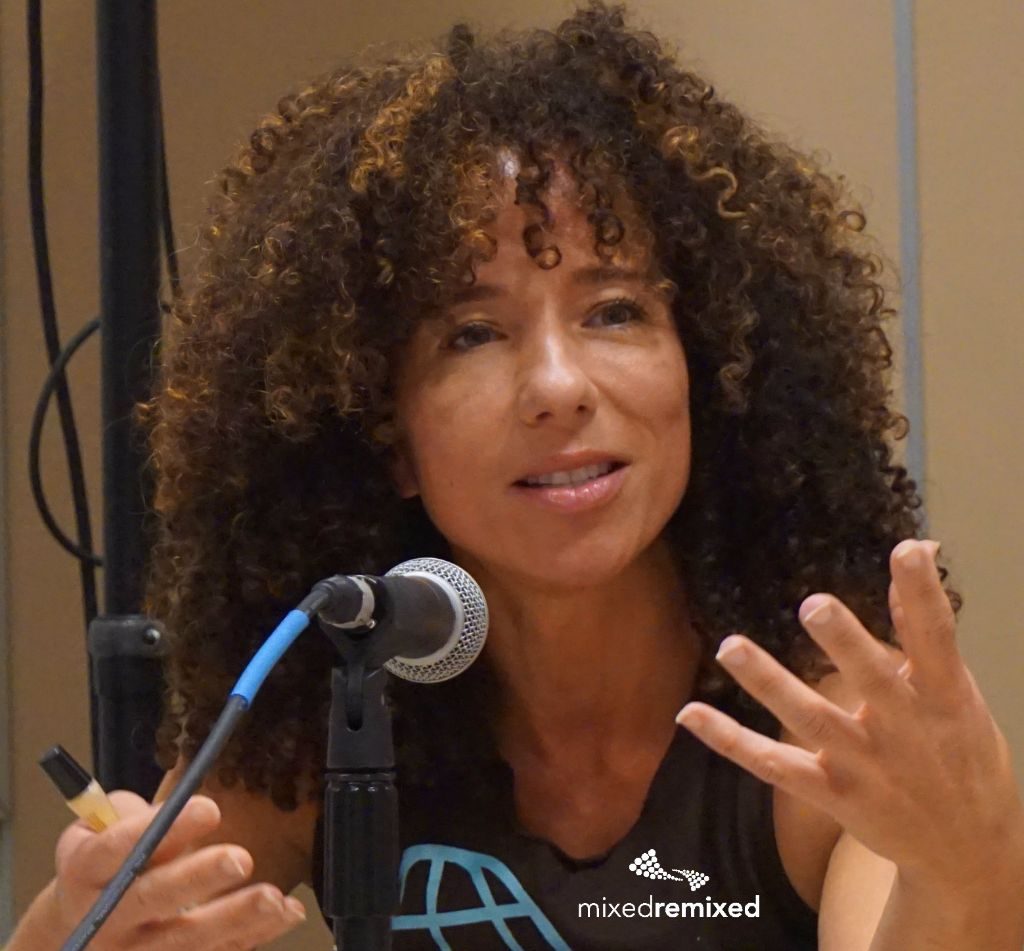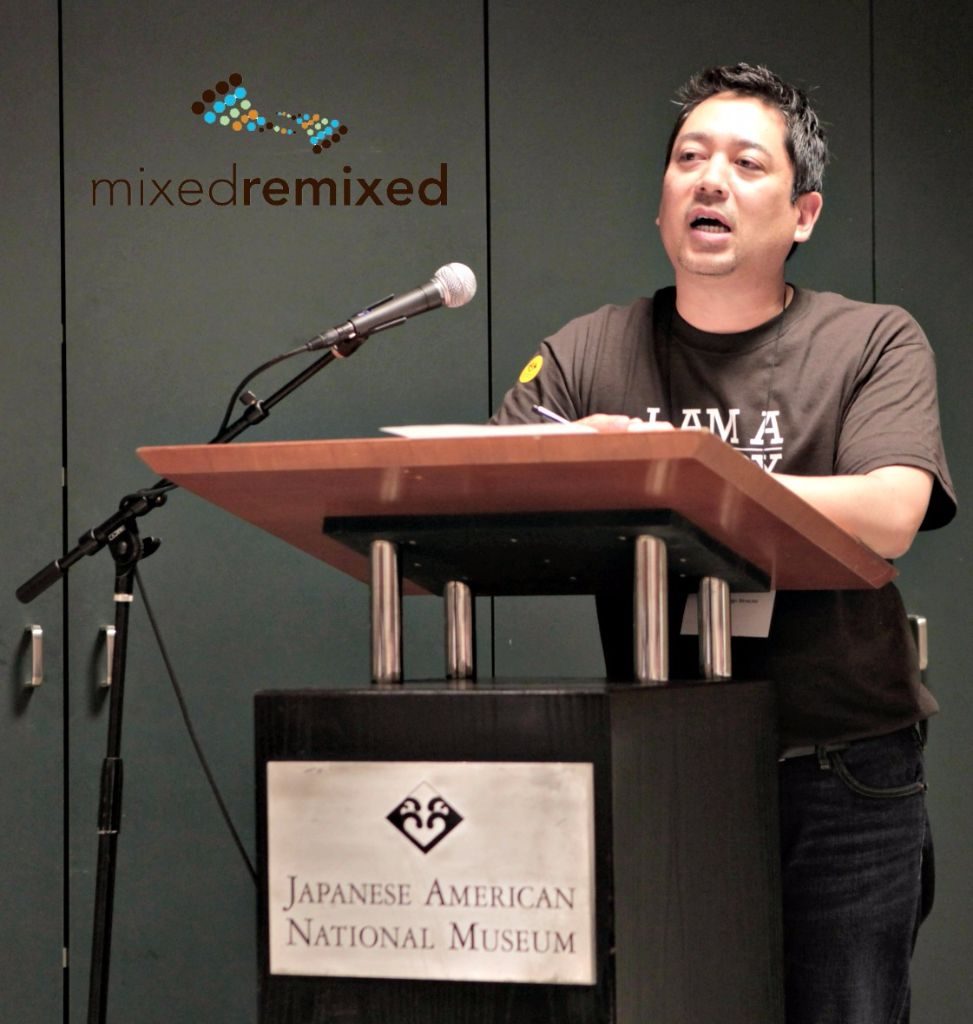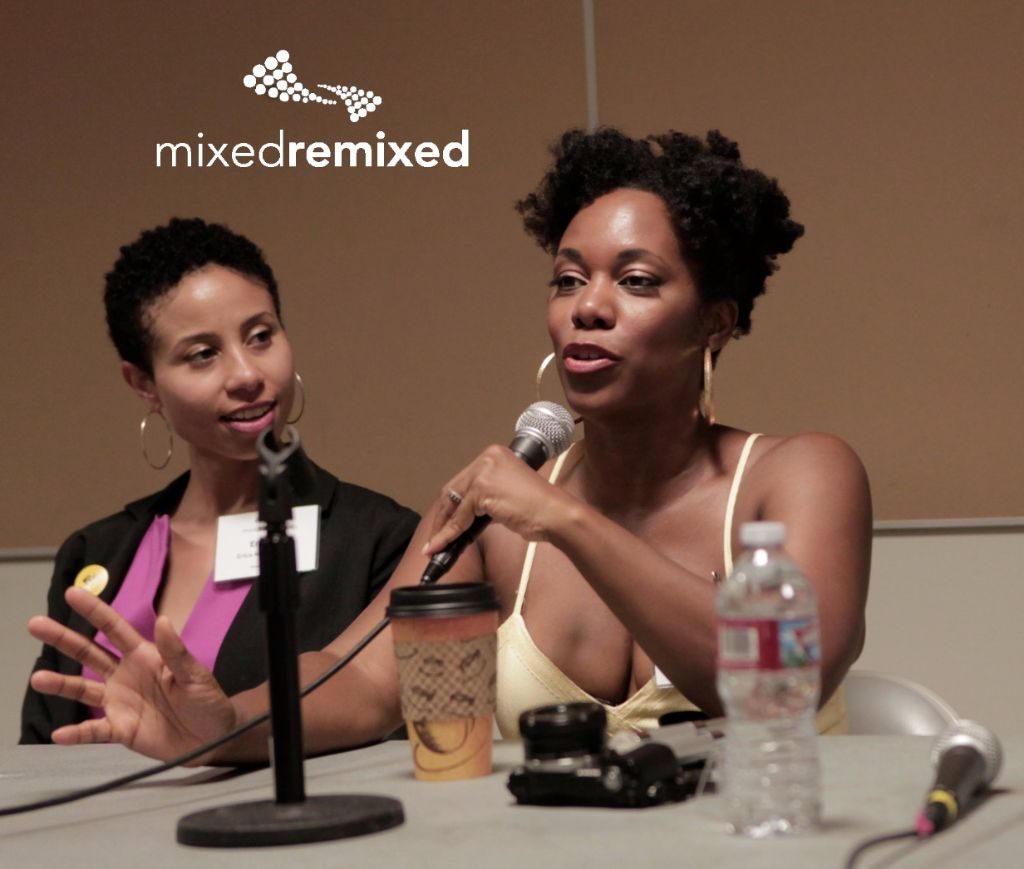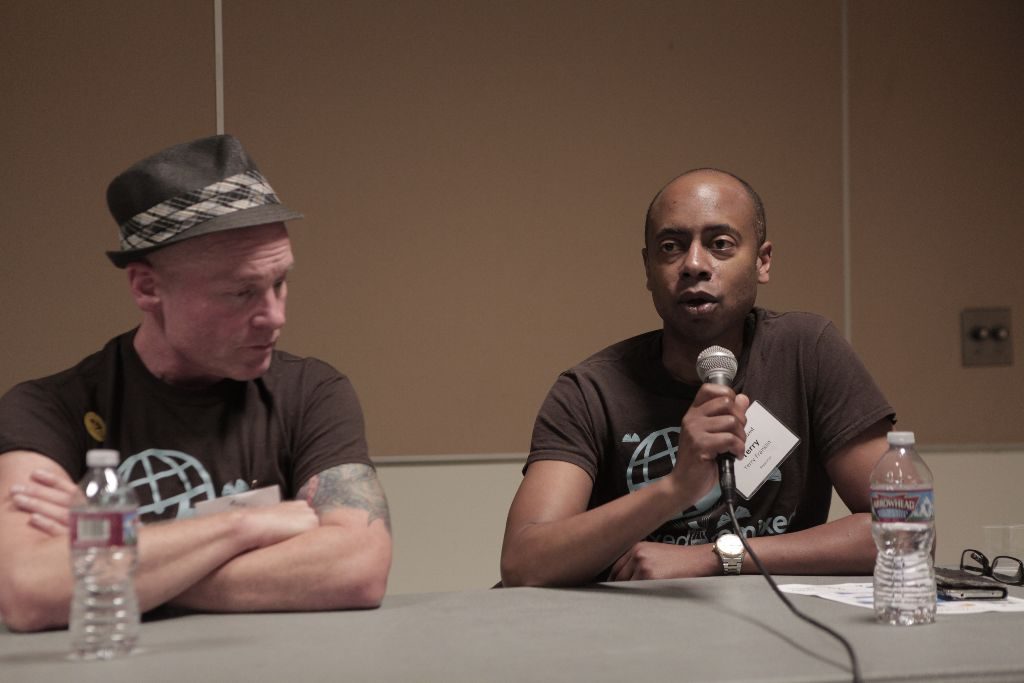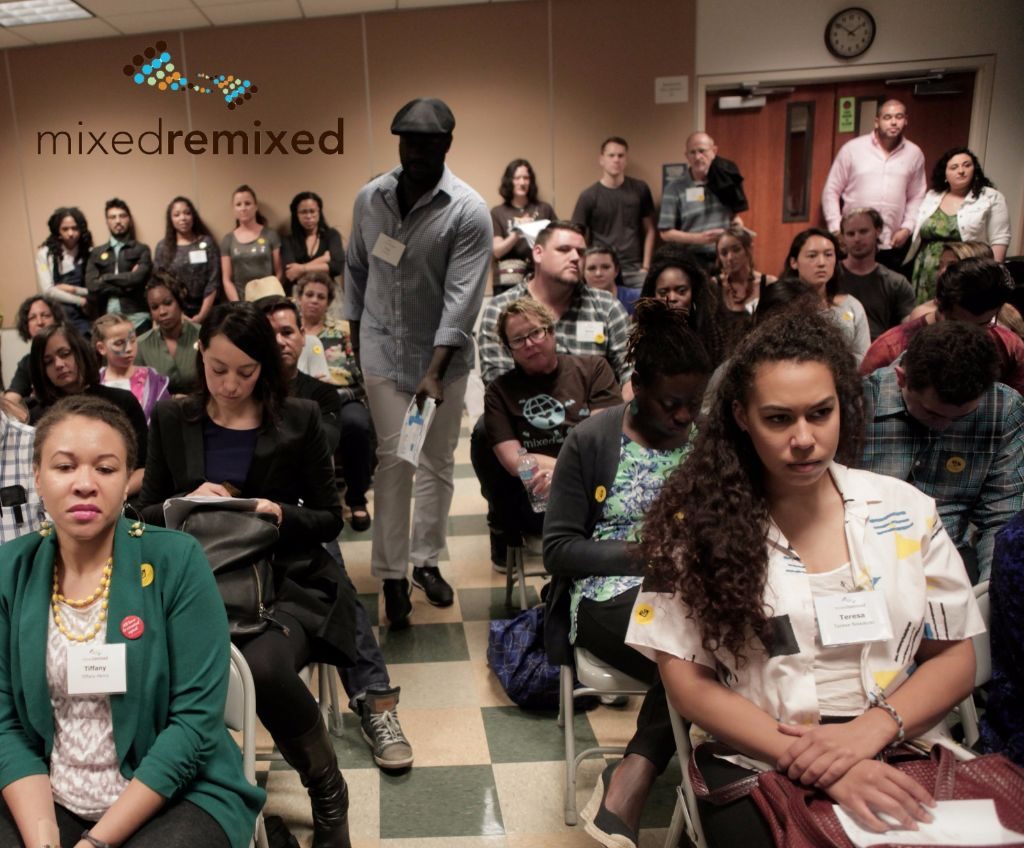Colleges are beginning to take multira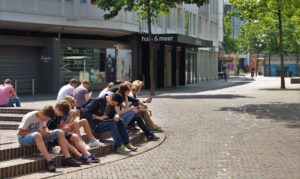 cial issues seriously. After the racist incidents at the University of Missouri (which included a swastika etched in feces in a dorm stairwell as well as the student body president being called the n-word) have cost the school an estimated 36 million dollars in revenue. The lesson is clear: racism is a problem. And it’s a problem the universities can’t afford to overlook.
cial issues seriously. After the racist incidents at the University of Missouri (which included a swastika etched in feces in a dorm stairwell as well as the student body president being called the n-word) have cost the school an estimated 36 million dollars in revenue. The lesson is clear: racism is a problem. And it’s a problem the universities can’t afford to overlook.
A large dialogue has developed between students of color on campuses around the nation. From Black Lives Matter demonstrations to Georgetown University’s acknowledgment of its role in slavery. With President Obama’s election in 2008 there was real hope that America had entered a post-racial society. However, racism is not something that an election can solve.
And it appears that colleges are bringing the mixed race experience into the conversation. It makes sense considering the median age of multiracial people is 19, or college age. In addition the multiracial population is the second-fastest growing racial group in the United States. To exclude multiracial students from the conversation would be a mistake.
Single race minorities and multiracial people share certain challenges, true, but
The mixed race experience includes confusion based on appearance, the feeling of never being “enough” to be considered a “full” member of either culture, to white-passing, or sexual fetishization.
A Common Problem
Microaggressions are a problem both single race minorities and multiracial people have to deal with. A 2014 study by Brittany Hunt found that microaggressions have serious consequences on multiracial students. The effects of microaggression includes feelings of isolation and burnout and some students are at risk of dropping a class or leaving college altogether. For a really good example of what microaggressions look like, go here.
With that in mind recent efforts from universities like Clark University have targeted microaggressions. Clark has started having seminars for students during orientation week covering subtle racism. Of course, not all colleges are on board. But it’s a start and it’s a good start. There’s also a growing recognition of the unique position mixed race students are in with regards to their culture. Yale has a pilot program for multiracial peer liaisons. This comes after finding the single race cultural houses weren’t addressing the specific needs of mixed race students on campus.
Also, academic interest in mixed race studies looks to be increasing. In addition to Brittany Hunt, there is Cornell University’s Mixed Project. The Mixed Project started on Facebook that asked multiracial students a very simple question, “What does being mixed mean to you?” And then posting a picture of the student with their handwritten answer. This idea grew into a book fittingly titled Mixed which is a collection of twelve essays by Cornell students.
Wherever the future of academia goes, mixed race students and studies are going to have a big hand in shaping it.
Elliott Rose, Festival Blogger

